LG C2 vs LG G2: which is the best 2022 LG OLED TV?
LG’s step-down and flagship OLED TVs for 2022 battle for supremacy
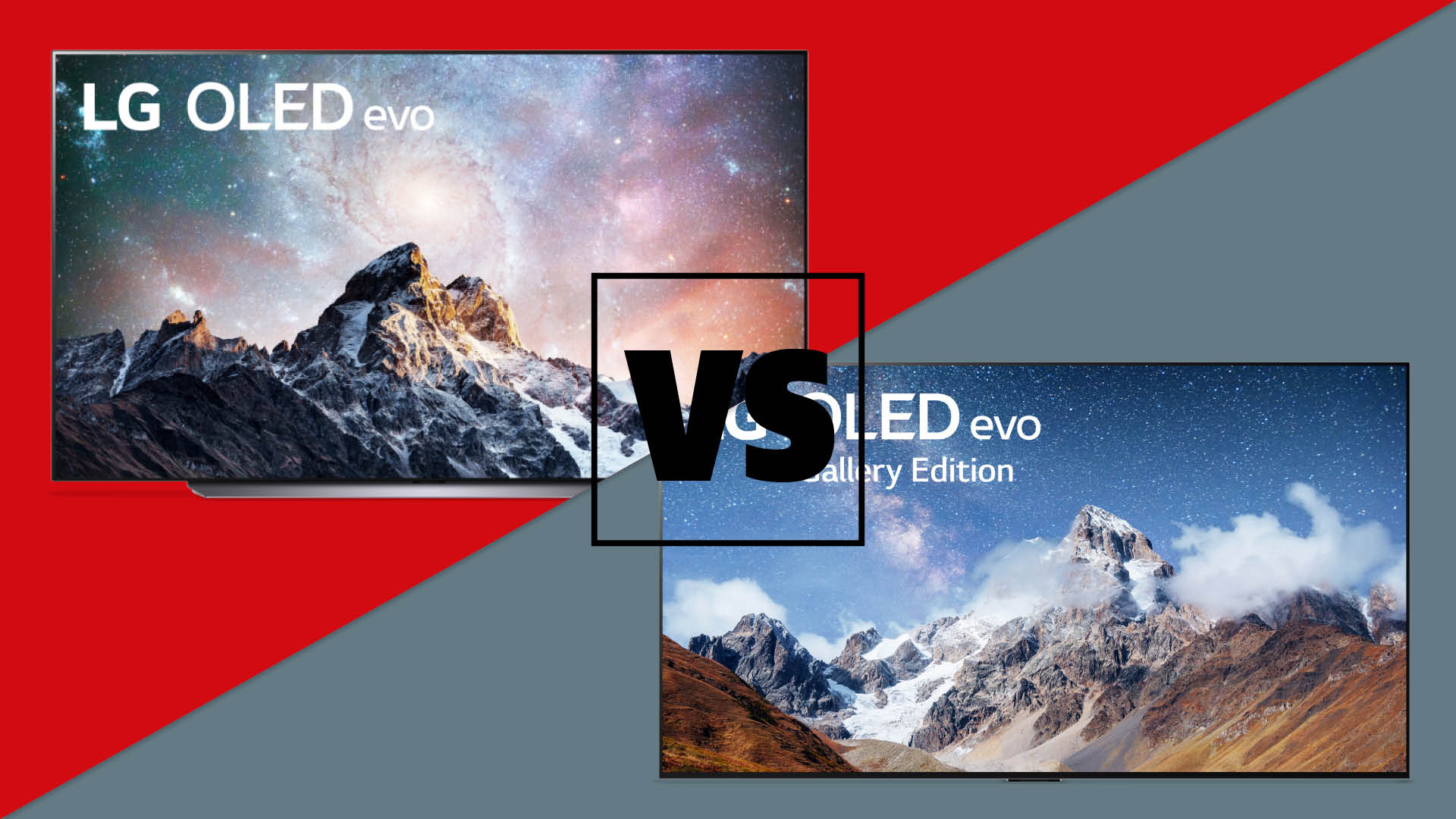
LG got the whole big-screen OLED TV ball rolling back in the day, and the brand remains the dominant force in the OLED TV market today in terms of both sales and all-round innovation, especially when it comes to catering for the increasingly important gaming market.
For years now LG’s mid-range C series OLED models have been far and away the brand’s most popular, thanks to their perfect balance of price and performance. Things got complicated in 2021, though, when for the first time in years LG’s flagship G series offered a palpable picture quality benefit over the C series.
Having tested LG’s G2 and C2 side-by-side, we can confirm that this new complication for consumers continues – with knobs on – with the latest 2022 TV range.
Join us, then, as we delve into the key differences between the G2 and C2 ranges in a bid to help you figure out which model will likely suit you best.
Price
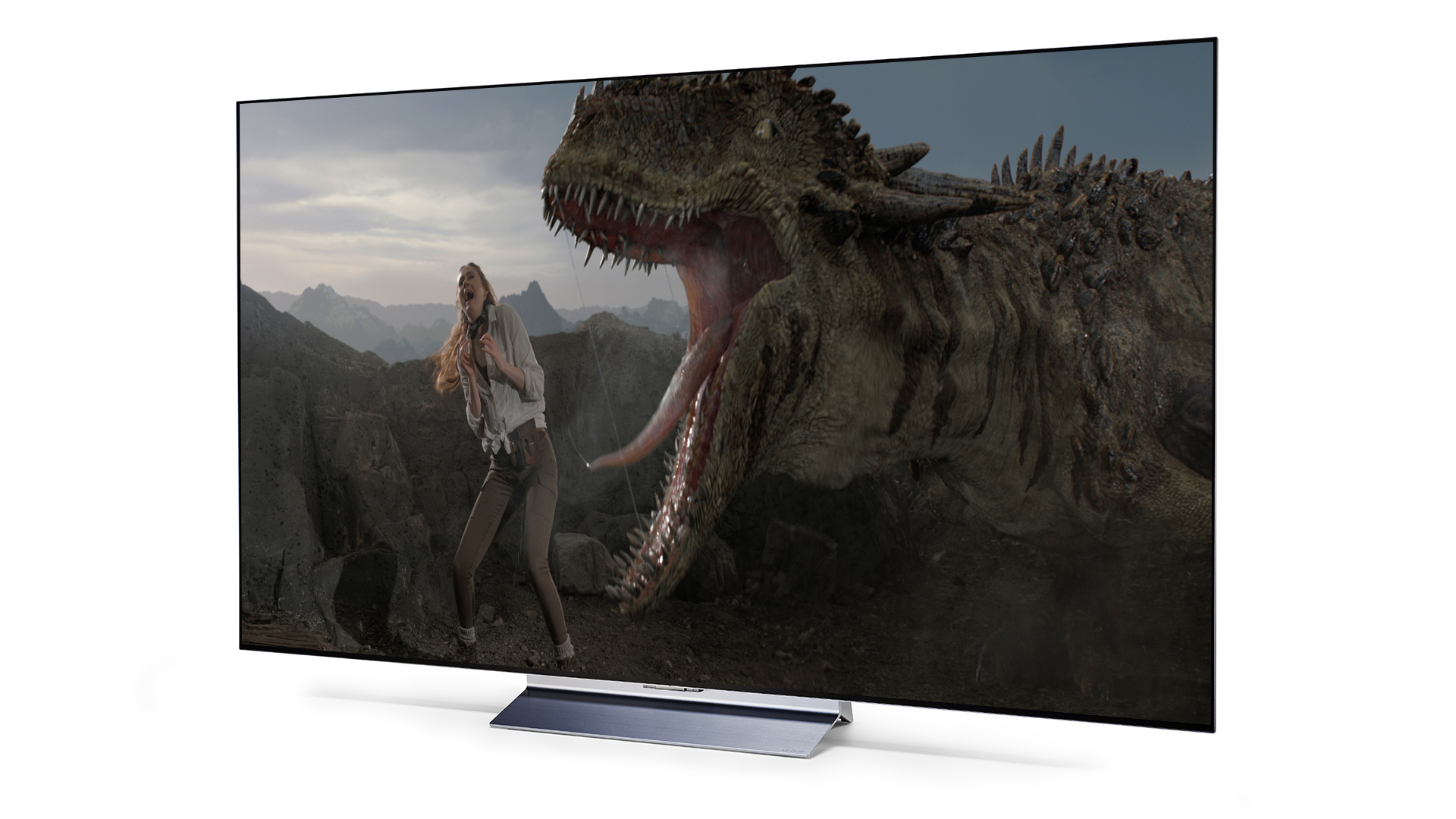
Given that we’re comparing a step-down model with a flagship model here, you won’t be shocked to learn that LG’s C2s are cheaper than its G2s. Here's the full breakdown with December 2022 prices:
| Header Cell - Column 0 | C2 | G2 |
|---|---|---|
| 42-inch | £999 / $1000 / AU$1790 | No such model |
| 48-inch | £1099 / $1050 / AU$1995 | No such model |
| 55-inch | £1199 / $1300 / AU$2295 | £1599 / $1600 / AU$2960 |
| 65-inch | £1799 / $1700 / AU$3295 | £2199 / $2000 / AU$4450 |
| 77-inch | £3299 / $2700 / AU$5995 | £3999 / $3600 / AU$7550 |
| 83-inch | £4699 / $4500 / AU$8500 | £5499 / $4800 / AU$8890 |
| 97-inch | No such model | £TBC / $TBC / AU$TBC |
These prices reveal that, ordinarily, you need to pay a significant premium for the G2.
What’s more, if you want to place the G2 on a piece of furniture rather than use the wall mount it ships with, you’ll have to add that onto the price. LG's official stand is priced around £100 / $150 /AU$175, though you could alternatively buy a cheaper third-party stand that will connect to the TV's standard VESA mounting points.
There are, as we’ll see, significant differences between the C2 and G2 ranges in both the picture and sound departments, as well as a fundamental difference in design approach. We suspect, though, that for many people the size of the price gap between the two models will look big enough to make the C2 series seem the best value. Especially for people who don’t want to wall hang their new TV.
**Winner** LG C2
The G2 has some genuine and significant advantages over the C2, but the extra you need to pay for them is a little steeper than we’d like.
Design and build
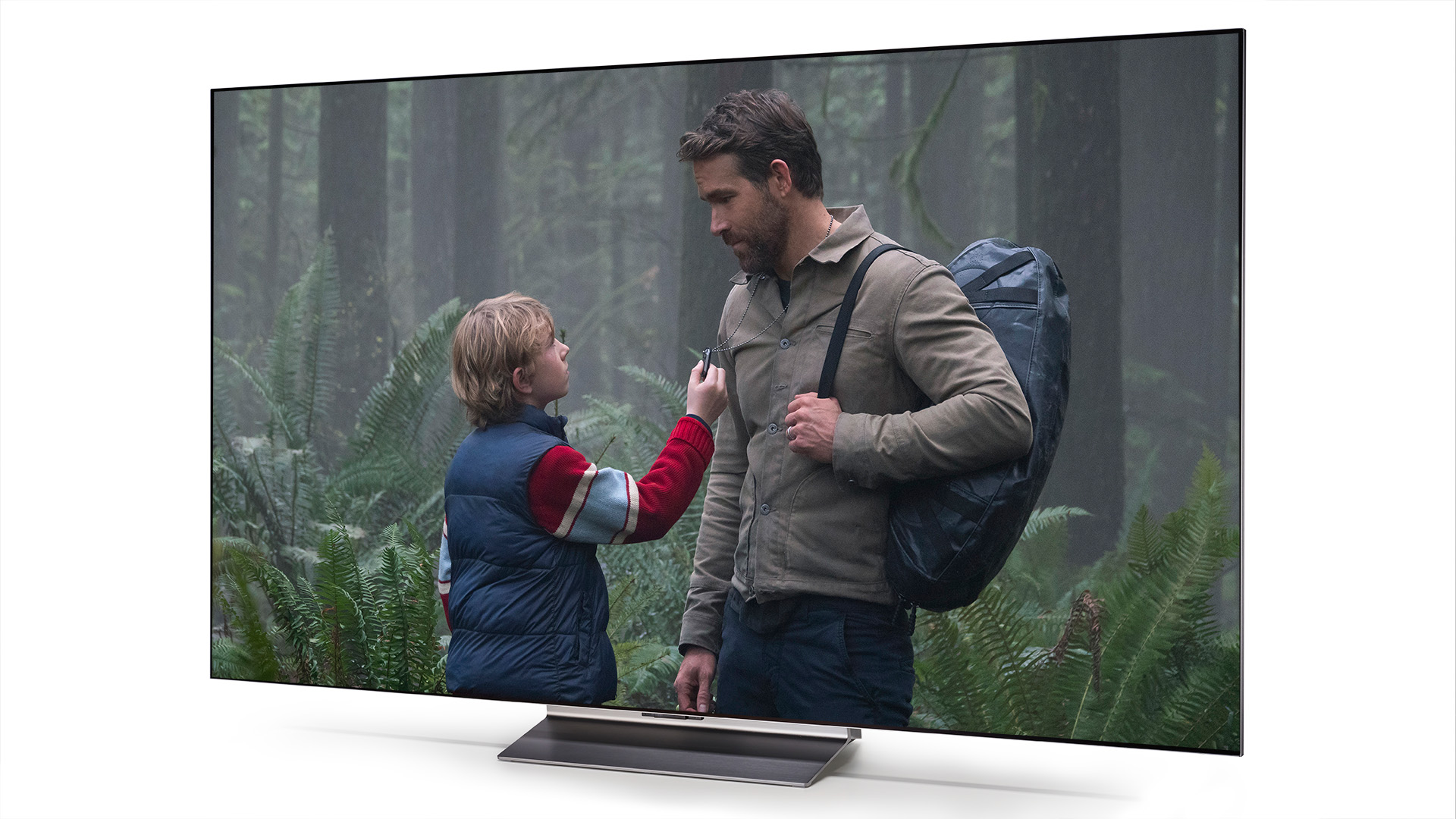
Both the C2 and G2 TVs look gorgeous, especially as both of them have lost a little weight since 2021, trimming down the width of frame around their screens to reduce the impact on your living space and focus your attention on what you’re watching.
That’s pretty much where the similarities end, though. For starters, the G2 sports a so-called ‘Gallery’ design targeted at a wall-mounted installation. In fact, the G2 only ships with a wall mount included so, as noted in the previous section, if you want to sit a G2 on its optional desktop or floorstanding ‘Gallery’ stand you’ll need to cough up extra cash for the privilege.
It is nice to see, though, that LG has this year created a robust centrally mounted stand for the G2 in place of the spindly legs offered as a desktop option for last year’s G1s.
The G2 backs its wall-hanging appeal up with a super-slim (just 2cm) rear that, if anything, looks even trimmer than it is thanks to a new ‘two-layer’ design. This replaces the G1’s previous chamfered edge design – and in our opinion looks much sleeker and more stylish.
The C2 can be wall mounted too, of course. But it ships with a stand (or feet if you opt for the 42-inch or 48-inch model), with wall mounts an optional extra. Also, while the C2's rear is exceptionally trim at the outer edges, it is slightly chunkier over the central portion of its behind than the G2.
LG has moved to a new composite fibre material for its 2022 OLED TVs that makes both the C2 and G2 series significant lighter than their predecessors. This feels particularly useful in the case of the G2, given its wall-hanging ambitions – though the C2 is actually the lighter of the two series.
** Winner** LG G2
The different focus of the G2 and C2 – one on wall hanging, one on desktop placement – makes them different strokes for different folks, but if we really had to pick one’s aesthetics over the other, the G2’s new look just about takes it.
Features
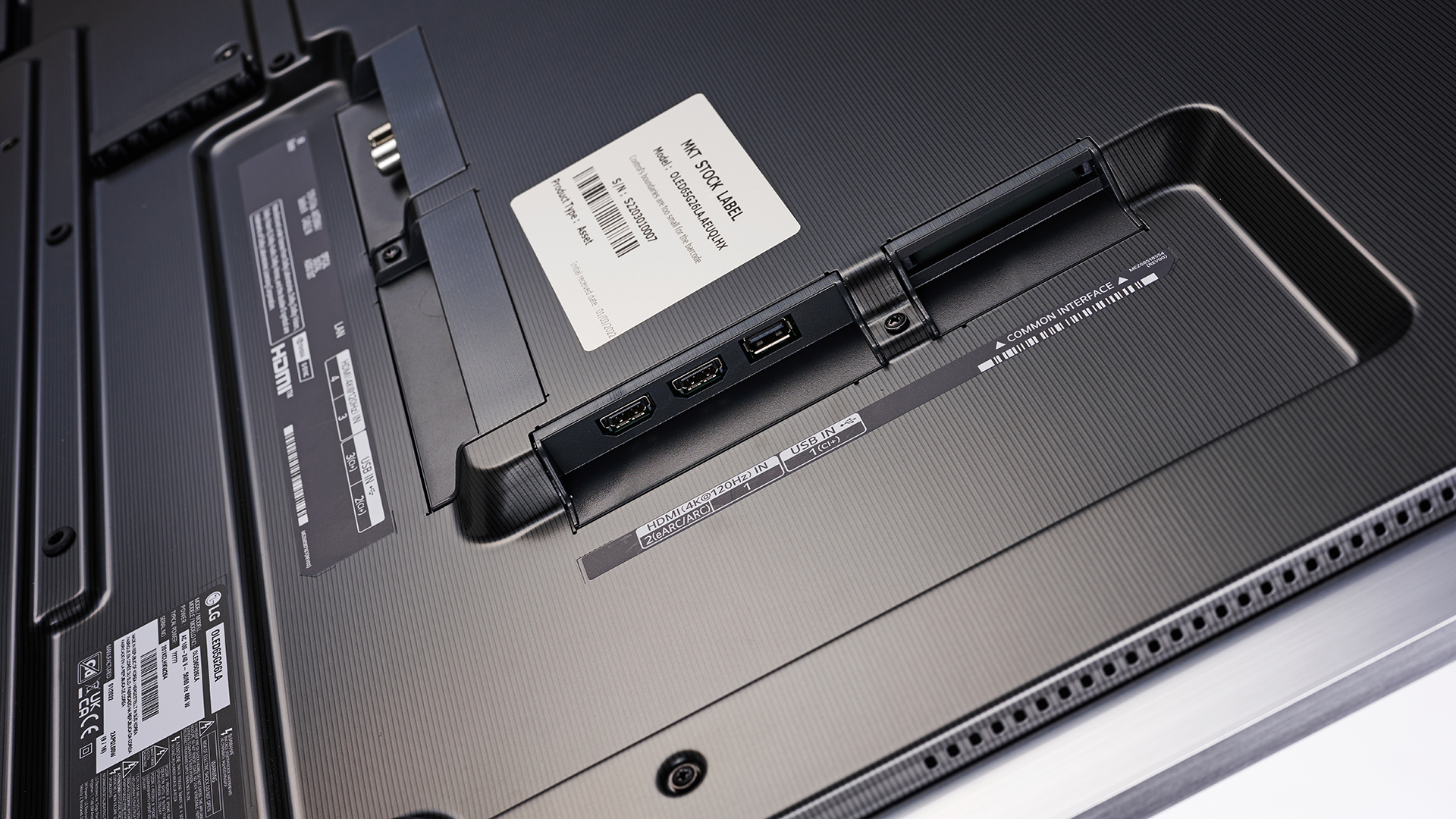
There are many key feature similarities between the C2 and G2. They both, for instance, sport the same new Alpha 9 Generation 5 processor. This builds on the already impressive picture enhancement tricks of its predecessor in a number of ways.
First there’s a new Dynamic Tone-mapping Pro Algorithm that breaks the image down into far more analysis ‘zones’ to deliver more accurate and striking HDR results. LG’s AI/Deep Learning systems now also deliver both enhanced image object recognition/reproduction and improved recognition of foreground and background image content, creating a more three-dimensional and balanced image. Plus there’s a new upscaling system that actually removes a processing ‘step’ from 2021’s system, since it was found that this could add noise to the picture.
Both the C2 and G2 excel with their connectivity, offering full 48Gbps HDMI 2.1 certification across all four of their HDMI ports. This is great news for gamers, as it means all four ports support the gaming features of 4K/120Hz, ALLM and VRR found on the latest premium PC graphics cards, the PS5 and the Xbox Series X.
The VRR support includes both the AMD Freesync and Nvidia G-Sync variations, too, and both the C2 and G2 models support the so-called HGiG system that can turn off the TV’s dynamic HDR management so that the HDR handling is left to your console or PC. Dolby Vision gaming, which is currently a relative rarity, is supported by both the C2 and G2, and they do so right up to 4K/120Hz, which isn't matched by any non-LG TV.
Both TVs offer similar levels of input lag in their game modes (around 13ms), and both TVs also support both the Google Stadia and Nvidia GeForce Now online gaming services.
When it comes to smart features, both the C2 and G2 benefit from an identical version of LG’s webOS 22 smart system, complete with support for all the video streaming apps most people could ever want (including Netflix, Amazon Prime Video, Disney+ and Apple TV). This includes the catch up services for all of the UK’s main terrestrial broadcasters; there’s no repeat of the issues in this respect that affected LG’s 2020 OLED TVs.
The C2 and G2 also both play 4K, Dolby Vision HDR and Dolby Atmos content where any streamed show and service carries them. It’s worth noting, too, that the Alpha 9 Gen 5 system is, currently uniquely, able to support Dolby’s new Dolby Vision IQ with Precision Detail feature, which produces even sharper, more refined pictures in different room conditions than Dolby Vision IQ usually does.
The key feature differences between the C2 and G2 boil down to the G2 carrying a more powerful sound system and a brighter OLED panel. We’ll get into more detail on these differences in the picture and sound sections below.
** Winner ** LG G2
While both TVs boast seriously impressive feature counts that care as much about gaming as movies and TV shows, the G2's extra audio power and premium OLED hardware justify its ‘step up’ status over the C2.
Picture quality
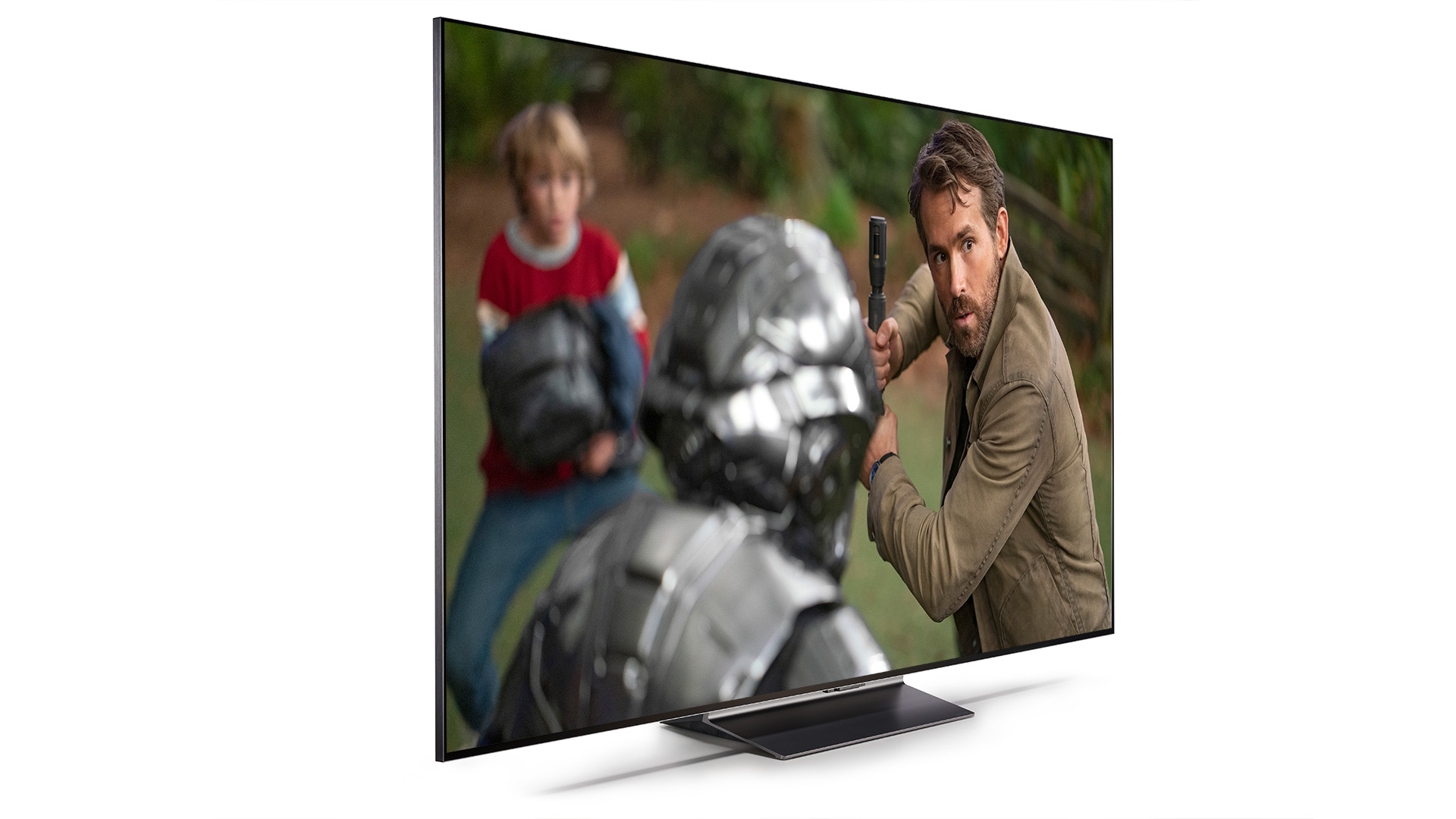
The first thing to say here is that both TVs substantially improve on their 2021 predecessors. Unlike the C1, the C2 is designated as an OLED Evo model, with the enhanced brightness and contrast that entails – though do bear in mind that while they are still designated OLED Evo models, the 42-inch and 48-inch versions of the C2 don't go as bright as their larger counterparts.
The G2, meanwhile, adds a new heat sink element that wasn’t found with last year’s G1 Evo model (and isn’t found on the C2). This additional heat sink helps the G2 deliver the brightest, punchiest, most contrast-rich pictures ever seen from an LG OLED. In fact, the G2’s pictures are the most dynamic we’ve seen to date from any standard OLED TV we’ve tested, and while the new Samsung S95B and Sony A95K QD-OLED TVs have certain picture advantages over the G2, they're not actually noticeably brighter with real-world content.
The new Alpha 9 Gen 5 processor proves a substantial advance on anything LG has provided before, too, helping pictures look cleaner, more dynamic, crisper and more refined across the board.
While the C2 delivers outstanding picture quality, though, especially in the context of its relatively aggressive pricing, the G2’s heat sink really does help it score a palpable advantage over the C2.
Peak brightness levels hit around 20% higher on the G2 than the C2, creating more impact and intensity from the brightest highlights of HDR images. This makes the HDR effect feel more life-like – which is what HDR is all about, ultimately.
Also, since the G2 delivers its brighter light peaks without compromising the outstanding black levels and contrast that OLED TVs are renowned for, the G2 makes you even more aware of the benefits of LG’s self-emissive technology, where each pixel makes its own light rather than having to share an external backlight with other pixels as happens with LCD TVs.
The G2's heat sink-inspired brightness advantage over the C2 doesn’t just make its presence felt in bright peaks, though. The average/baseline brightness level of the whole picture is elevated too, meaning pretty much every shot of any HDR source you watch looks more realistic, vibrant and compelling.
** Winner ** G2
While there’s a question over whether the level of improvement the G2 delivers over the C2 fully justifies how much more it costs, there’s no doubt that its heat sink helps it produce more dynamic, more natural and more expressive pictures.
Sound quality
Both the C2 and G2 carry built-in Dolby Atmos playback, in keeping with the past few previous generations of LG OLED TVs. Both the C2 and G2 also benefit from the latest version of LG’s AI Sound Pro system, a key feature of which is the ability to convert any sound, no matter how few native channels it may have, into a virtual 7.1.2 mix. Last year’s AI Sound Pro system topped out at 5.1.2 upmixing.
As with last year’s C1 and G1, both the C2 and G2 sound better when playing Dolby Atmos soundtracks in their AI Sound Pro modes than they do in their Dolby Atmos modes. Having said that, though, LG has thankfully greatly improved its ‘native’ Dolby Atmos performance versus the weirdly drab experience delivered by the C1 and G1.
Our findings with the C1 and G1 last year were that, despite having more power and channels of sound at its disposal, the G1 actually sounded less impressive than the C1. Perhaps because of the driver size limitations imposed by the G1’s slim Gallery design. This year, though, the G2 makes its extra power and channels count.
The G2 carries 60W of audio power spread across a 4.2-channel speaker system, while most of the C2s carry 40W across a 2.2-channel configuration. The 42-inch OLED42C2 is the exception here, only getting 20W into two channels.
Both the C2 and G2 deliver across the board (not just with Dolby Atmos) sound quality improvements over their predecessors. In particular they manage to project more of their available power to create a bigger, more immersive sound stage, and their sound no longer starts to fall away under the pressure of the loudest, densest movie soundtrack moments.
Improved though both TVs are sonically, though, the G2 has improved the most. In fact, it reverses 2021’s standings by sounding better than the C2: louder, more impactful and slightly better at crafting a larger sound stage – including a passable sense of height effects with Dolby Atmos sources. Our C2 samples have also exhibited just a touch of rattle with very loud, very bassy content, while the G2 remains composed at all times.
** Winner ** G2
Again there’s a question over whether the difference is enough to justify the G2 price hike, but at least the more expensive models sound best this year.
Verdict
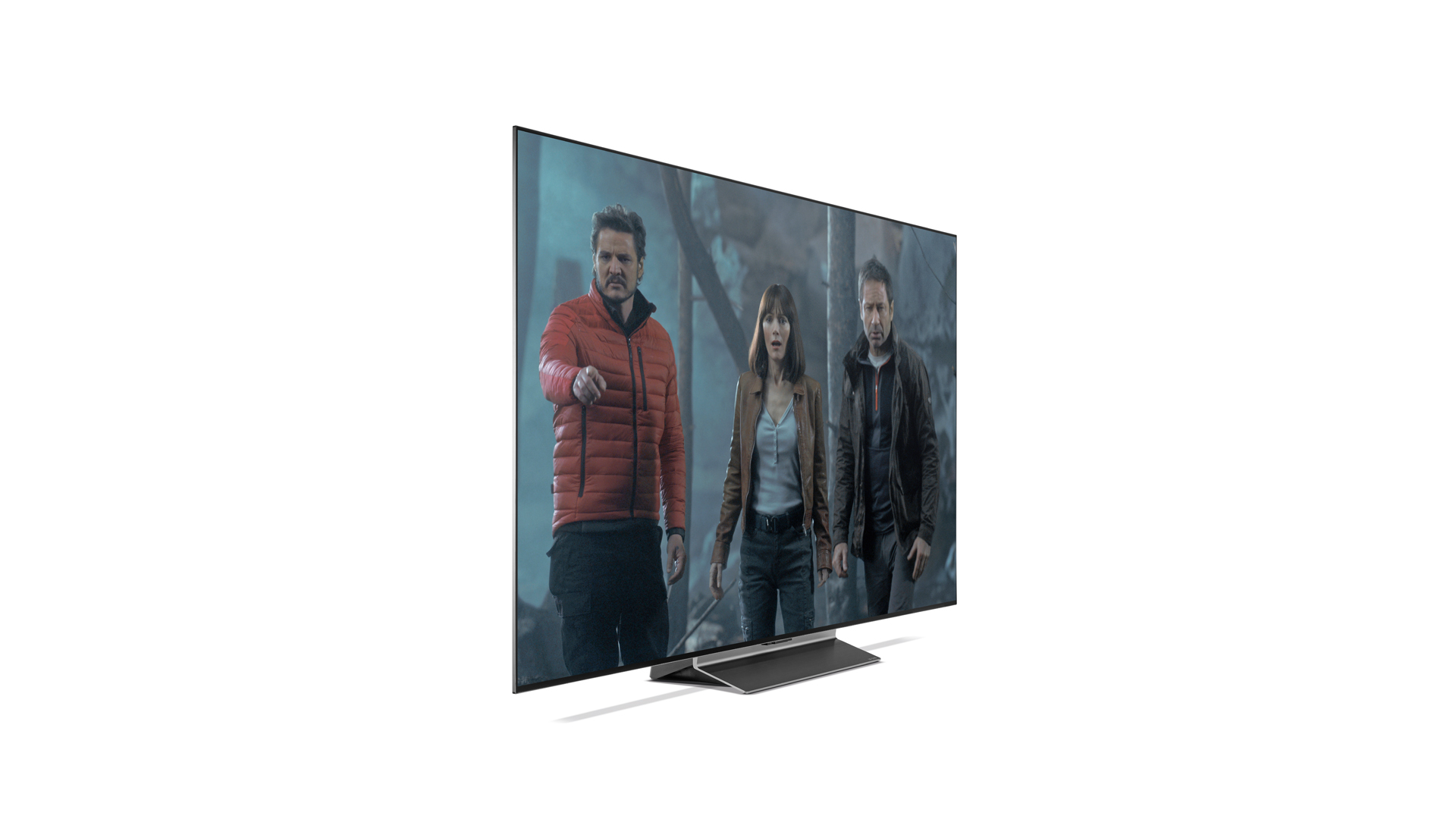
Last year the decision between the C1 and G1 fell pretty straightforwardly in the C1's favour, thanks to its outstanding bang for your buck appeal. This year, thanks to the impact of the G2's heat sink and the way it overturns the G1's audio disadvantage, the decision is much less clear cut.
In the end our feeling is that despite the G2 upping its game, the also much improved C2 is still the better purchase for most people. If you want the absolute best all round OLED performer LG has ever created, though, no matter what the cost, the G2 is it.
** Overall winner** LG C2
MORE
LG 2022 TV lineup: everything you need to know
Should you consider Samsung's rival QD-OLED technology?
Here's our review of the very first QD-OLED TV, the Sony A95K
Check out our rundown of the best TVs you can currently buy
Get the What Hi-Fi? Newsletter
The latest hi-fi, home cinema and tech news, reviews, buying advice and deals, direct to your inbox.
John Archer has written about TVs, projectors and other AV gear for, terrifyingly, nearly 30 years. Having started out with a brief but fun stint at Amiga Action magazine and then another brief, rather less fun stint working for Hansard in the Houses Of Parliament, he finally got into writing about AV kit properly at What Video and Home Cinema Choice magazines, eventually becoming Deputy Editor at the latter, before going freelance. As a freelancer John has covered AV technology for just about every tech magazine and website going, including Forbes, T3, TechRadar and Trusted Reviews. When not testing AV gear, John can usually be found gaming far more than is healthy for a middle-aged man, or at the gym trying and failing to make up for the amount of time he spends staring at screens.
-
Katmeat Is not there a critical difference in the warranties offered between these two models? I understood that the G Series was the only one including a four-year burn in warranty? I will never purchase another LG without such a warranty, given my miserable prior experiences.Reply -
doifeellucky For anyone interested Sevenoaks currently have the 55G2 for £1399 only £30 more than the C2.Reply
